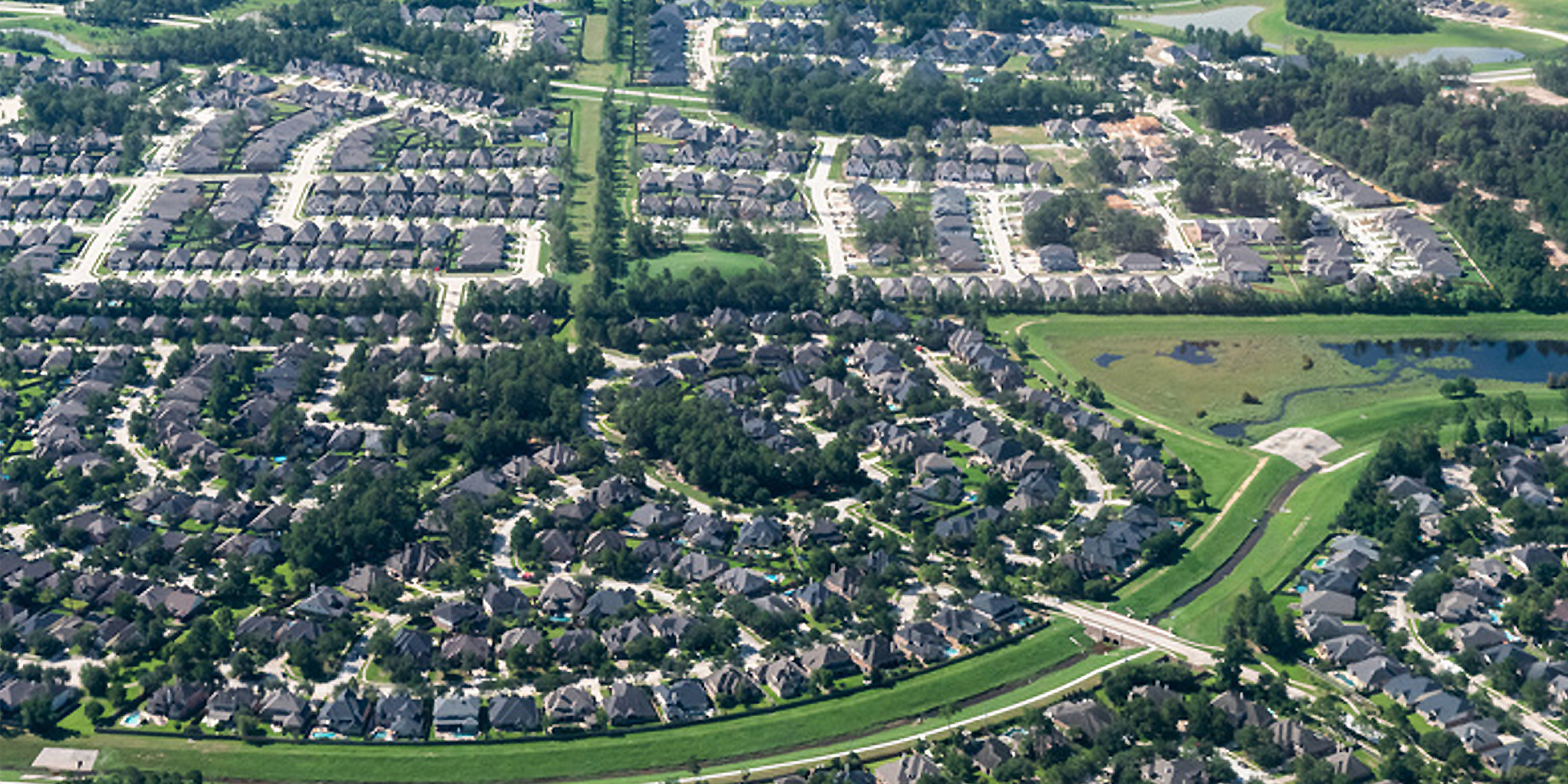Engaging with places to counteract urban homogeneity
With globalisation comes homogeneous urban areas – a homogeneity that researchers say has a direct impact on our ability to engage with places.

It can be difficult to establish a sense of place within today’s rapid urbanisation. “Once unique neighbourhoods have become mirrors of globalisation, where instead of character you have more of the same,” says Adrienne Grêt-Regamey, an environmental scientist and landscape planner at ETH Zurich.
As cities and towns become increasingly homogeneous, what often gets lost is the culture and lifestyles that once served as the social fabric of local communities. As this fabric unravels, so too does our motivation to engage with places.
“A sense of place is what connects us to our communities and our neighbours,” adds Grêt-Regamey. “Without it, we risk losing a key motivator for making the places we live better.”
With the support of the EU-funded GLOBESCAPE project, Grêt-Regamey is leading an effort to both better understand and foster place-making. “By analysing the role of place-making, we aimed to foster inclusive, sustainable and resilient urban transformation in an increasingly globalised world,” she says.
Urban homogenisation and the emotional response of urban dwellers
Using empirical evidence, innovative methods and cutting-edge technology, researchers were able to get a unique perspective on the direct impact urban change has on creating or displacing a sense of place and, ultimately, on place-making.
“For the first time, we demonstrated that urban homogenisation lowers affective bonds to places and, eventually, our willingness to engage with neighbourhoods,” explains Grêt-Regamey.
While this impact on emotional response is seen in all urban dwellers, it is more pronounced in peri-urban areas than in urban and rural areas – likely the result of the lower social cohesion and place attachment found in such areas.
Using technology to transform places
The project, which received support from the external pageEuropean Research Council, also developed a novel 3D point cloud technology that allows one to activate discussions about aesthetics and foster intentional changes of urban landscapes to generate a sense of place. The technology was integrated into a serious game that challenges players to transform their neighbourhoods from a space to a place.
Applied in two neighbourhoods, one in Switzerland and another in Finland, the game allowed researchers to identify levers of urban neighbourhood transformation. In particular, researchers showed that levers interacting with people’s knowledge, values and beliefs, potentially activated through citizen-led participation processes, are key to successfully unlocking urban transformation.
People and participation over planning and processes
Findings such as these helped the project develop methods for expanding the role of place-making within the urban planning arena.
“Our work shows the important role people and participation play in enabling urban transformative change,” concludes Grêt-Regamey. “The challenge is to empower people to counteract the all-too-often economically-driven and inflexible urban planning processes that continue to erode our sense of place.”
The project is currently working to put its findings into action to plan and design inclusive and resilient cities.
Keywords
GLOBESCAPE, urbanisation, globalisation, culture, communities, urban homogenisation, social cohesion, serious game, urban transformation, urban planning
Project Information
GLOBESCAPE
Grant agreement ID: 757565
external pageDOI 10.3030/757565
Closed project
Start date 1 June 2018 | End date 31 May 2023
EXCELLENT SCIENCE - European Research Council (ERC)
Total cost € 1 498 106,00 | EU contribution € 1 498 106,00
Coordinated by
EIDGENOESSISCHE TECHNISCHE HOCHSCHULE ZUERICH
Switzerland
